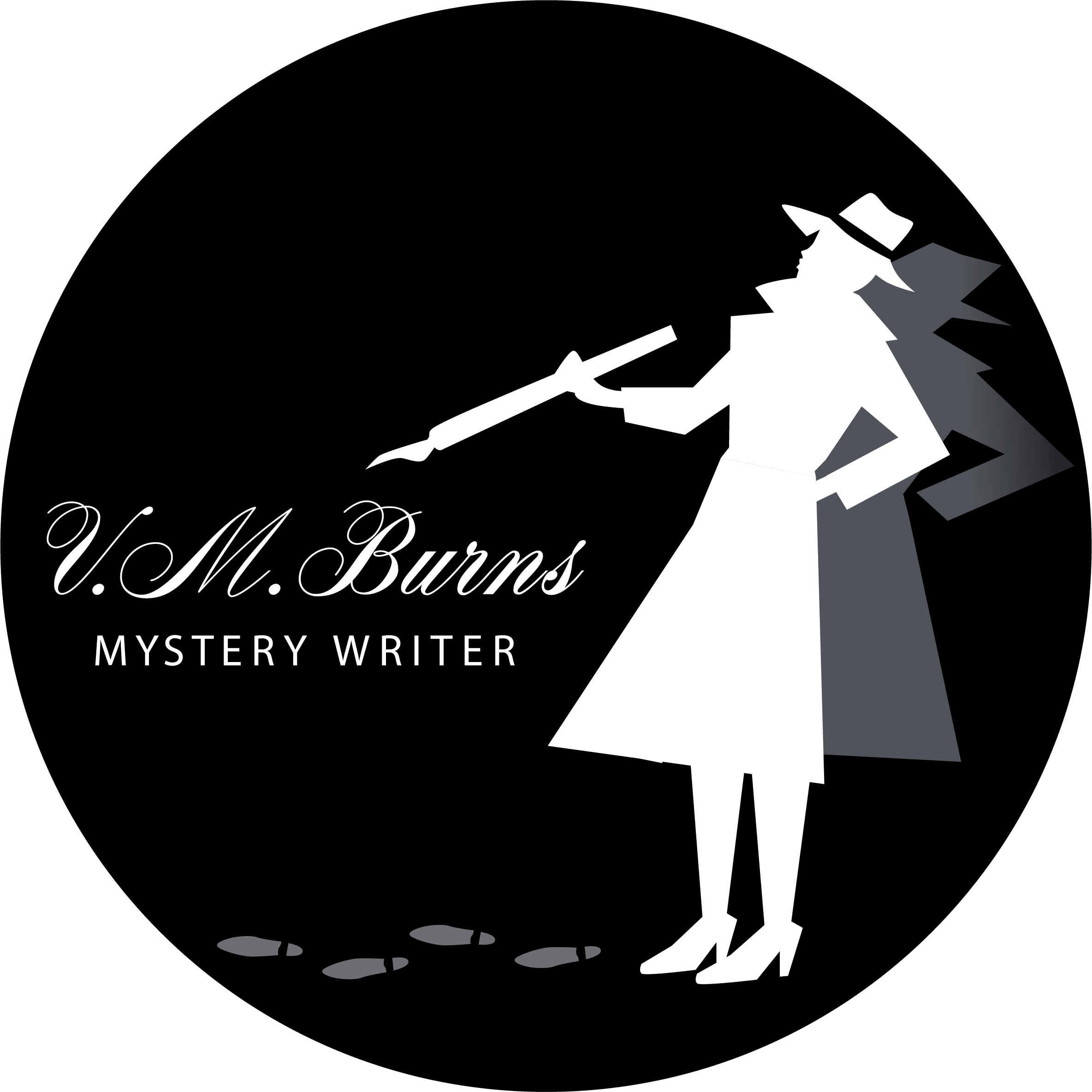Agatha Christie is the undisputed Queen of Cozy Mysteries. She has a vast collection of plays, short stories, and novels which have been adapted for television, theatre and movies. While most writers would be happy to create one memorable detective. Agatha Christie has two, Hercule Poirot and Miss Marple. Recently, I decided to reread some of her books. This time, I was reading not just for the pleasure of solving a good mystery (yep that’s my story and I’m sticking to it); but from the hope of learning from a master. I read books featuring both of her well-known sleuths. Below are a couple of my observations.
The Blue Train, featuring the famous Belgium Detective, Hercule Poirot is a quick read, with little description and quite a bit of action for a cozy. Hercule Poirot is a former police officer who is fastidious about his dress and his habits. He is orderly and cerebral in his methods. “The little gray cells” are what he relies on to solve crimes. Christie’s writing is tight and orderly, just like Hercule Poirot’s gray cells. The opening chapters are short and succinct. The descriptions and details are deliberately left out which added a sense of suspense. The POV shifts quite a bit in the beginning chapters. Readers have to continue reading and following the threads to fully understand whose story this was. In fact, Hercule Poirot doesn’t appear through the first third of the book.
This is in direct contrast to the Miss Marple Mysteries. Miss Jane Marple is an elderly spinster who lives in the small village of St. Mary Meade. She is, in her own words, “an old tabby.” She listens and observes and is able to solve crimes by tapping into her vast understanding of human nature as it relates to the inhabitants of her village. She draws parallels between the people she encounters because they remind her of someone similar in her village. Nemesis is written from this perspective. Christie writes in the same rambling fashion that Miss Marple processes information, that’s the way the book flows. There are lots of descriptions of the village, the people and the surroundings, because Miss Marple notices these things. The writing dithers because Miss Marple dithers. She notices the way a person dresses and how they walk because it reminds her about the butcher’s son or the Vicar’s wife back in St. Mary Meade who used to steal candy and hide it in his shoe (okay I made that up, but you get the idea). In this way, Christie is able to show the unique voice of each of her detectives.
The best known tools of a mystery writer are clues and red herrings (false clues). All mysteries have them. So what makes Christie unique you ask? It’s not simply that Christie uses these tools, but the way she does it. Christie doesn’t’ just tell the reader a story and drop a clue or a false clue into the story. She masterfully weaves them into the fabric of the novel in such a way that the reader doesn’t even realize it happened. Like a great magician, she focuses the audience attention in one direction while the magic is happening in a totally different direction. When the big reveal happens at the end, the reader realizes that they had all of the clues to solve the mystery, but through Christie’s skill, and a bit of smoke and mirrors, readers never see the rabbit until she pulls it out of the hat.
Agatha Christie wrote in what is often referred to as the Traditional or Manor House Style. Despite the fact that most modern readers may not be able to identify with the privileged lifestyles of people who winter in the south of France or travel first class, the books have withstood the test of time. Mysteries that are more than a half-century old are still able to perplex twenty-first century readers. Few people have perfected their craft like Agatha Christie. So, if crafting a good cozy mystery seems like a piece of cake, it’s because the masters make it look easy. Long live the Queen.
